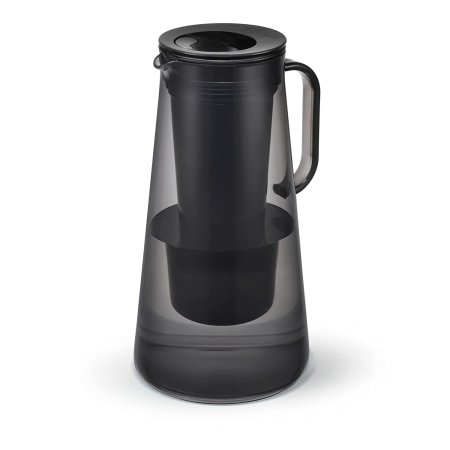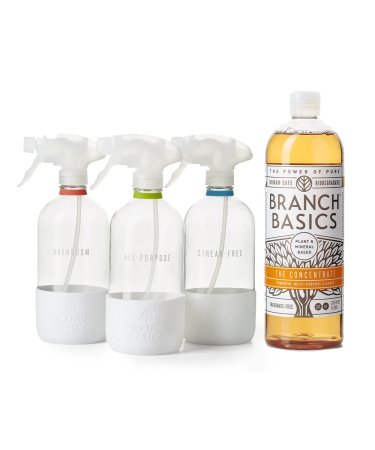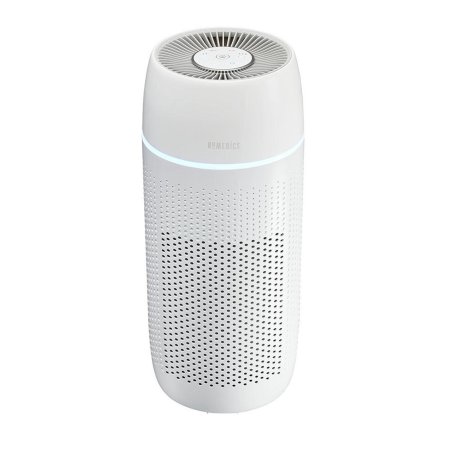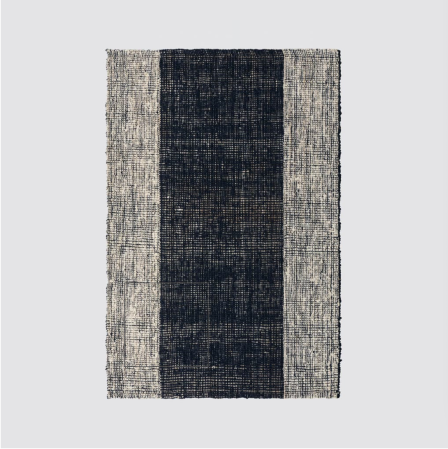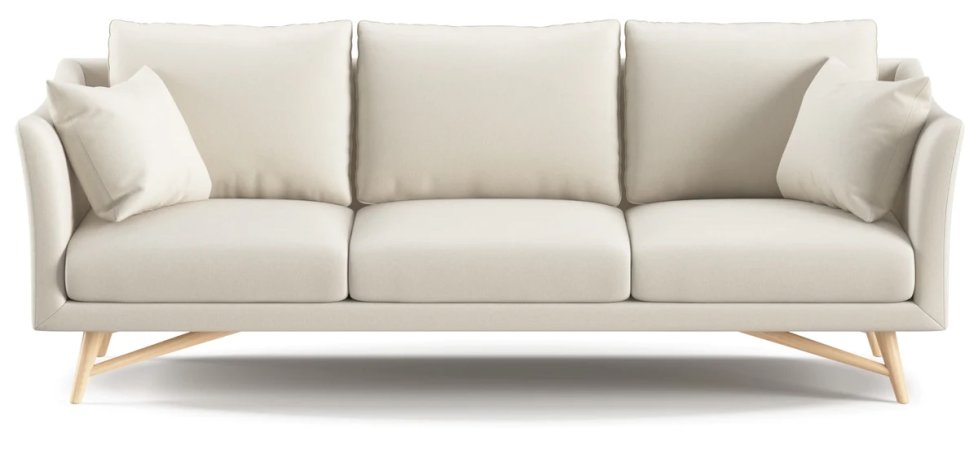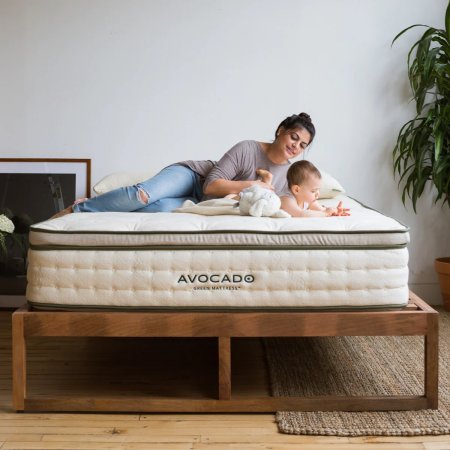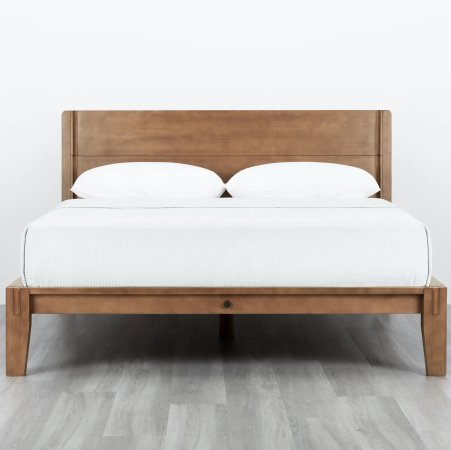We may earn revenue from the products available on this page and participate in affiliate programs.

Design nerds like us take great pride in painstakingly choosing the perfect color palettes, carefully curating our decor, and investing in furniture that reflects our personal style. What often goes unnoticed are the potential health hazards some of our prized possessions are bringing into our homes—from the cleaning products to the sofa we lounge on in the evenings, there’s some nasty stuff lurking in the things we use every day.
Tasha Stoiber, a senior scientist at the Environmental Working Group, says homeowners should be on the lookout for chemicals of concern in materials that cover large surfaces in the house, like flooring and walls, but also furniture. Those include volatile organic compounds (VOCs) that typically hide in paints or aerosols, and poly-fluoroalkyl substances (PFAs), the “forever chemicals” found in many stain-resistant products. Flame retardants that cover curtains or cushion foam is another group to watch. And in vinyl flooring or other PVC products like mini blinds or shower liners, beware of phthalates. All of these substances have been linked to various health issues, from weight gain and respiratory issues to endocrine disorders and even cancer.
“The number-one thing to look for is transparency,” Stoiber says. Global Organic Textiles Standard and/or Greenguard certifications on a product’s website or label are always a good sign, she adds. “If a manufacturer is up front about what’s in its products, that’s what you want to see.”
Here, Stoiber and Shawna Holman, founder of A Little Less Toxic and author of A Healthier Home, share some of the shifts, big and small, to make your space one that works for you and your health.
Tiny Changes With Major Impacts
One of the most important, and easiest, things we can do is to remove harsh chemicals like phthalates and chlorine from our cleaning routines to avoid inhaling and directly contacting toxins daily. But before you start tossing everything under your kitchen sink, Holman recommends slowly swapping in more natural options, such as plant-based cleaners, as you start running low on your old multipurpose spray or dish soap, so you don’t break the bank in your efforts to detox.
For an instant upgrade, an air purifier is one of the best ways to quickly improve indoor air quality (which can be up to five more times polluted than what’s outside). “Within a month I realized how important it was,” Holman says. “First, it helped my allergies, but it even reduced the amount of dust around. When I change the filter, I’m always blown away by what would have otherwise been in our air.”
Because nothing is more vital to life than H2O, Stoiber also says a filter is necessary to catch contaminants in your drinking water. If a whole-house option isn’t in the budget, even a simple countertop carbon filter pitcher can remove the cocktail of chemicals that might be lurking in your tap.
Midsize Changes to Make Over Time
When it’s time for a furniture refresh, Holman recommends looking for pieces made with natural fabrics and as little adhesive as possible. While solid wood is often a safe bet, she adds that you’ll want to keep an eye out for stains and paints that contain substances like formaldehyde or xylene. Rugs made of organic cotton, wool, jute, or sisal are best, but you want to nix any with a glued-on backing. “Those glues are often full of VOCs, heavy metals, and benzenes,” she says. “You don’t want to be stomping all over that every day.”
Because we spend a third of our lives in bed, Holman had no issue splurging on her Avocado mattress, which is made from latex, wool, and cotton that are all 100 percent GOLS-certified organic. “I prefer organic cotton (cotton is one of the most heavily sprayed crops in the world because it’s not used for consumption) and natural latex, nothing synthetic,” she says. “One that has no flame retardants is also a big deal.”
Big Changes to Budget For
If a reno is in your future, EWG’s Healthy Living Home Guide is a good starting point for researching better-for-you materials, from caulking to countertops. Stoiber says flooring should take special consideration—avoid vinyls or carpet and look for solid surfaces that can be installed with a nail-down or lock-in method (no glue!)—because of the large area it covers and the fact that kids spend a lot of time there.
Just as important as it is to balance safety precautions with your aesthetic style when you’re in design mode, what you don’t see also matters. When it comes to insulation, for example, Holman is a fan of wool, which is naturally flame retardant, and, as a bonus, also a deterrent for pests. It’s a bit pricier, but like any healthy habit, the long-lasting benefits are worth the investment.
